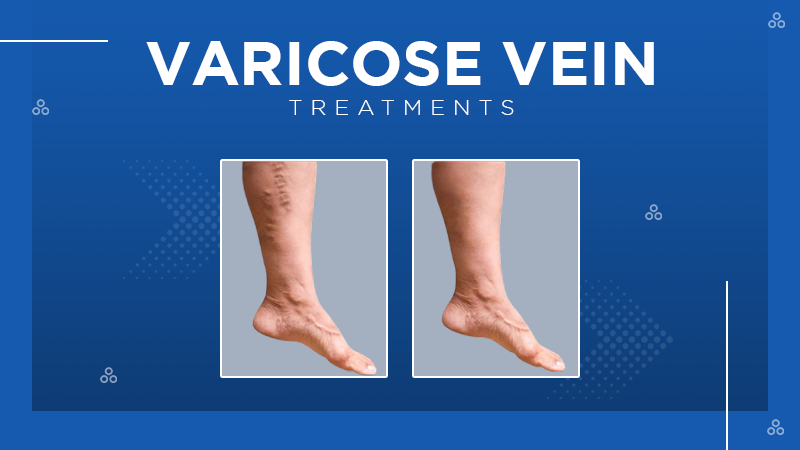- 1. Offer Telehealth Services
- 2. Send Regular Health Updates via Email
- 3. Use Mobile Apps for Medication Reminders
- 4. Upgrade Online Patient Portals
- 5. Consider Adopting a Concierge Medicine Model
- 6. Encourage Patients to Use Health Monitoring Devices
- Why Patient Engagement Makes a Difference
- Final Thoughts
Patients today are more connected, informed, and involved in their healthcare decisions than ever before. As technology becomes an integral part of daily life, people expect easier access to their providers and more say in their treatment plans. For healthcare practices, focusing on patient engagement is no longer optional. It has become essential for building trust, improving health outcomes, and creating positive experiences that encourage long-term relationships.
Here are six effective strategies healthcare providers can use to increase patient engagement and meet the expectations of modern patients.
1. Offer Telehealth Services
Telehealth has quickly grown from a convenient option to a vital component of patient care. It allows patients to connect with their providers from the comfort of home, reducing the need for travel and minimizing wait times. For individuals with mobility issues, busy work schedules, or caregiving responsibilities, telehealth removes barriers that might otherwise prevent them from seeking care.
This approach also helps maintain stronger communication between visits. Regular virtual check-ins can support early detection of problems and improve adherence to treatment recommendations.
2. Send Regular Health Updates via Email
Email is a simple yet powerful way to keep patients engaged. Sending out newsletters, wellness tips, and appointment reminders helps patients stay informed about their health and the services your practice offers. Personalized content, such as seasonal health advice or announcements about new treatment options, reinforces your role as a trusted partner in their care journey.
For example, sharing flu prevention tips in the fall or hydration advice in the summer shows patients that you care about their well-being year-round.
3. Use Mobile Apps for Medication Reminders
Many patients struggle to take medications as prescribed, especially when managing multiple prescriptions. Mobile apps that provide alerts and instructions can significantly improve adherence. Studies have shown that digital reminders can increase compliance rates by nearly 68 percent, which leads to better health outcomes and fewer complications.
Encouraging patients to download and use these tools can help them take a more active role in managing their conditions.
4. Upgrade Online Patient Portals
Patient portals are becoming a central hub for healthcare engagement. Patients appreciate having 24/7 access to their health records, test results, and appointment scheduling tools. Research shows that over 75 percent of people now book medical appointments online, and 60 percent report improved engagement when they have access to user-friendly portals.
To maximize effectiveness, portals should be mobile compatible and designed for ease of use. A seamless digital experience builds trust and keeps patients coming back.
5. Consider Adopting a Concierge Medicine Model
Concierge medicine offers a more personalized approach to patient care. By limiting the number of patients they see, doctors can spend more time with each individual and develop deeper, more meaningful relationships.
Patients often appreciate the increased access and attention, while providers benefit from reduced administrative stress. This concierge primary care model can lead to higher satisfaction for both parties and supports a more holistic approach to healthcare.
6. Encourage Patients to Use Health Monitoring Devices
Wearable technology like fitness trackers, smartwatches, and mobile health apps empowers patients to monitor their own health in real time. These devices can track activity levels, heart rate, sleep patterns, and more, giving both patients and providers valuable insights into lifestyle and wellness trends.
Encouraging the use of these tools helps patients stay motivated while providing data that can inform more personalized care plans.
Why Patient Engagement Makes a Difference
Engaged patients are more likely to follow treatment plans, attend regular checkups, and communicate concerns with their providers. This level of involvement leads to better disease management, fewer hospital admissions, and improved overall health.
Studies show that online engagement can produce patient satisfaction rates of 90 percent or higher. In an era where healthcare relationships are built on trust and convenience, practices that prioritize engagement are more likely to thrive.
Final Thoughts
Enhancing patient engagement requires a thoughtful mix of technology, consistent communication, and patient-centered care. Solutions like telehealth visits, informative emails, mobile apps, and wearable devices give providers new ways to connect with patients and support their health goals.
By adopting these six strategies, healthcare practices can create stronger connections, encourage patient loyalty, and deliver higher quality care in a digital-first world.











